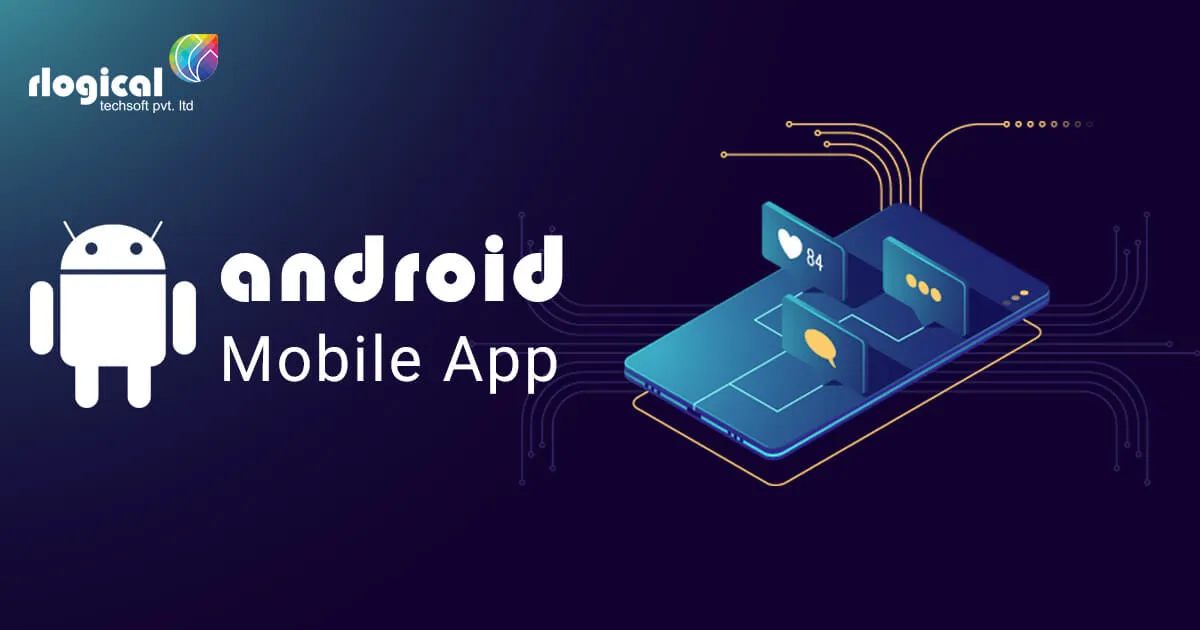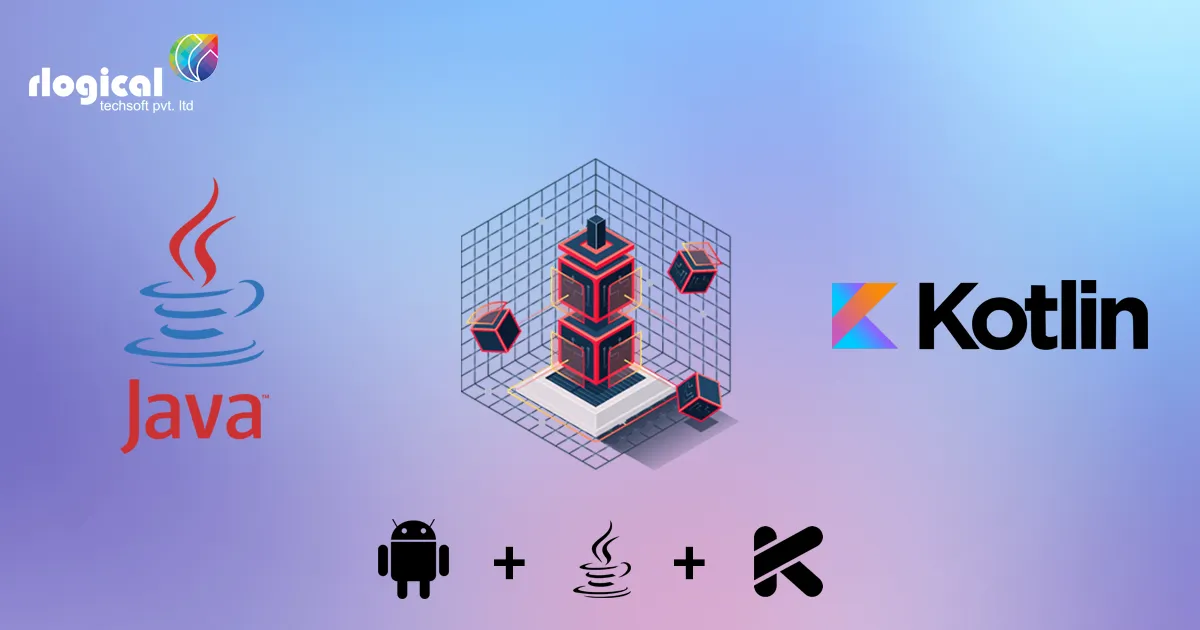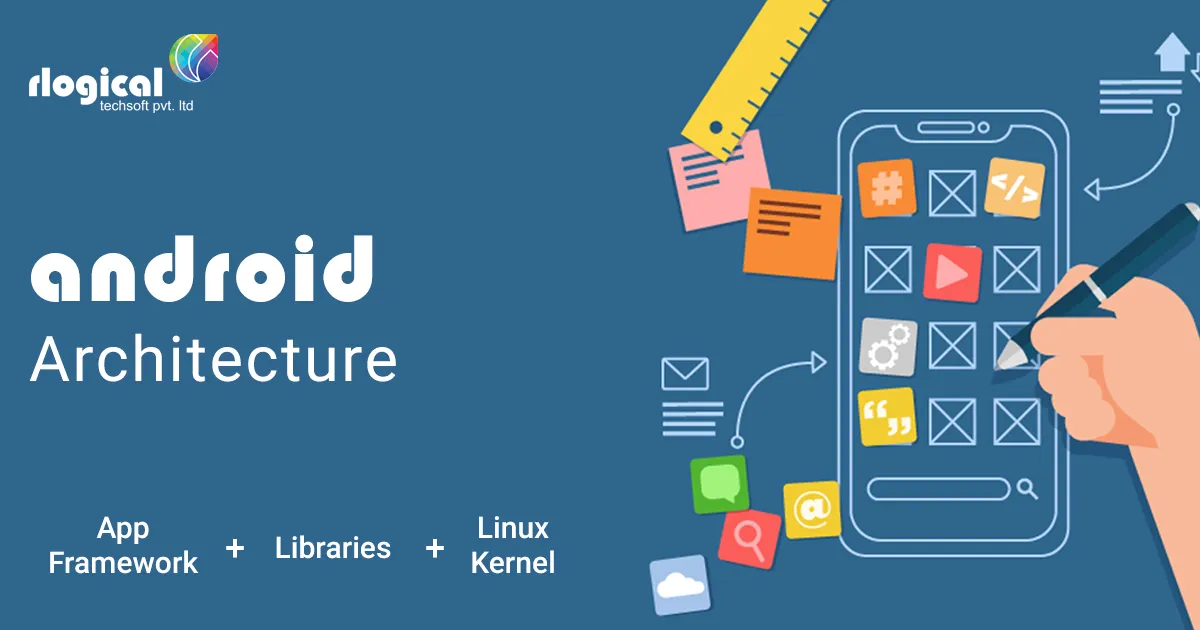
To develop the mobile app in android there are various platforms and are very popular among developers for mobile app development. Android Native Platform are JAVA & Kotlin.

JAVA
- Java will increase security as a result of each the platform and therefore the Java language were developed from the first day with the problem of security at hand.
- The platform permits users to get codes from the internet and afterward run them on Java while not infecting the host system with any threats equivalent to virus or malware’s.
- Also, you cannot write files from the disc drive on Java, creating it extraordinarily shielded to be used in mobile application development. Java has preserved restricted permission so won’t hurt your system.
- Additionally, through the various audits administered by security consultants Java has truly been inspected and its security is secured.
Main Advantages of Java for Mobile Development are listed below:
- JAVA is flexible; therefore, you’ll be able to run on browser or virtual machine. with the exception of that, developer will utilise the code and updates the software.
- JAVA is correct selection for cross platform.
- Android depends on JAVA as a result of android SDK contains of the many normal libraries of JAVA.
- JAVA has giant scheme, as a result of Google’s adoption of the JVM for android.
- At intervals Gradle, assembly is accelerated thus you’ll run massive projects very simply.
- JAVA apps are additional compact then Kotlin. Therefore, it works slower in user devices.
- JAVA ensures quicker build process then Kotlin.
- Performance of JAVA is more than Kotlin for identical application.
Kotlin
- Kotlin is a statically typed programming language that runs at the Java virtual machine. Kotlin is both an object-oriented and functional Programming (FP) language.
- It is compatible with OO and FP patterns allowing developers to contain elements from every form.
- Kotlin offers assistance for better order functions, function types and lambda, making it first rate choice for beneficial programming.
- A primary attention for Kotlin is to allow combined-language projects. Kotlin is actually properly applicable with Java and objective C, which makes studying the modern-day language seamless.
- Kotlin introduces superior syntax, as well as concise expressions and abstractions.
Main Benefit of Kotlin for Android
- Compatibility: Kotlin is absolutely compatible with JDK 6, making certain that Kotlin applications will run on older android devices with no problems. The Kotlin tooling is totally supported in android Studio and compatible with the android build system.
- Performance: A Kotlin application runs as fast as an equivalent Java one, thanks to very similar bytecode structure. With Kotlin’s support for inline functions, code using lambdas often runs even faster than the same code written in Java.
- Interoperability: Kotlin is 100% interoperable with Java, allowing to use all existing Android libraries in a Kotlin application. This includes annotation processing, so databinding and Dagger work too.
- Footprint: Kotlin has a very compact runtime library, which can be further reduced through the use of ProGuard. In a real application, the Kotlin runtime adds only a few hundred methods and less than 100K to the size of the .APK file.
- Compilation Time: Kotlin supports efficient incremental compilation, so while there’s some additional overhead for clean builds, incremental builds are usually as fast or faster than with Java.
- Learning Curve: For a Java developer, getting started with Kotlin is very easy. The automated Java to Kotlin converter included in the Kotlin plugin helps with the first steps. Kotlin Koans offer a guide through the key features of the language with a series of interactive exercises.
- Has Null in its sort System: Nullability issues are a standard pain purpose in Java, and since android usually uses null to represent the absence of a value, Kotlin solves it by inserting null directly in its sort system.
- It’s way more concise than Java, which means fewer opportunities for errors.
Android Architecture

Rahul Panchal
Rahul Panchal is the Founder & Managing Director at Rlogical Techsoft Pvt. Ltd. He is a pioneer tech enthusiast who has assisted diverse enterprise solutions with a fresh perspective over the years. From integrating technologies like Full-Stack, .NET, Flutter & PHP, he has harnessed custom web or hybrid mobile app development projects. His creative outlook on the latest models of AI, ML, blockchain, and IoT, has made various businesses attain leading-edge success.
Related Blog
- Progressive Web App Development Cost: Accurate Figures Guide
- Top Hybrid App Development Frameworks to Capture 2025 Trends For Your Business
- How Much Does MVP Cost: Factors Influence MVP Development Budget & its Reduction Tips
- Progressive Web App Benefits for Your Business Growth in Future Market
- Flutter for Web App Development: The Cross-Platform Companion For Your Business
Categories
- All
- AI Development Services
- Amazon Web Services (AWS)
- ASP.Net Development
- Azure Web App
- Big Data Analytic
- Customize
- Digital Marketing
- Drupal Development
- E-commerce web development
- Education Mobile App Development
- Enterprise Application
- Event Management App Development
- Fintech
- Fitness App Development
- Food Delievery
- Front-End Development
- Grocery App Development
- Healthcare App Development
- Hire Dedicated Developers
- Hotel Booking App
- IT Industry
- JavaScript Development
- Mobile App Development
- On Demand App Development
- On Demand Healthcare App Development
- PHP Development
- POS Software Development
- Real Estate Mobile App Development
- Retail Business App Development
- Salesforce
- Social Media Development
- Software Development
- Technology
- Transportation App Development
- UI/UX Design
- Web Design
- Web Development
- Web Services
- Web/Data Scraping Services
- WordPress




 Rahul Panchal in Mobile App Development
Rahul Panchal in Mobile App Development 




